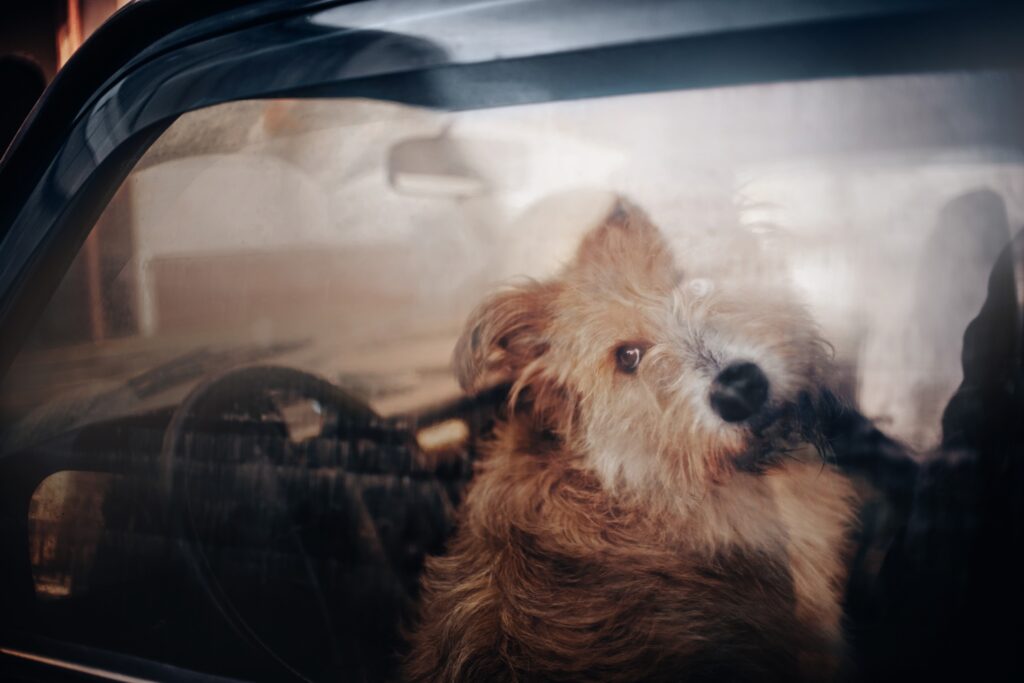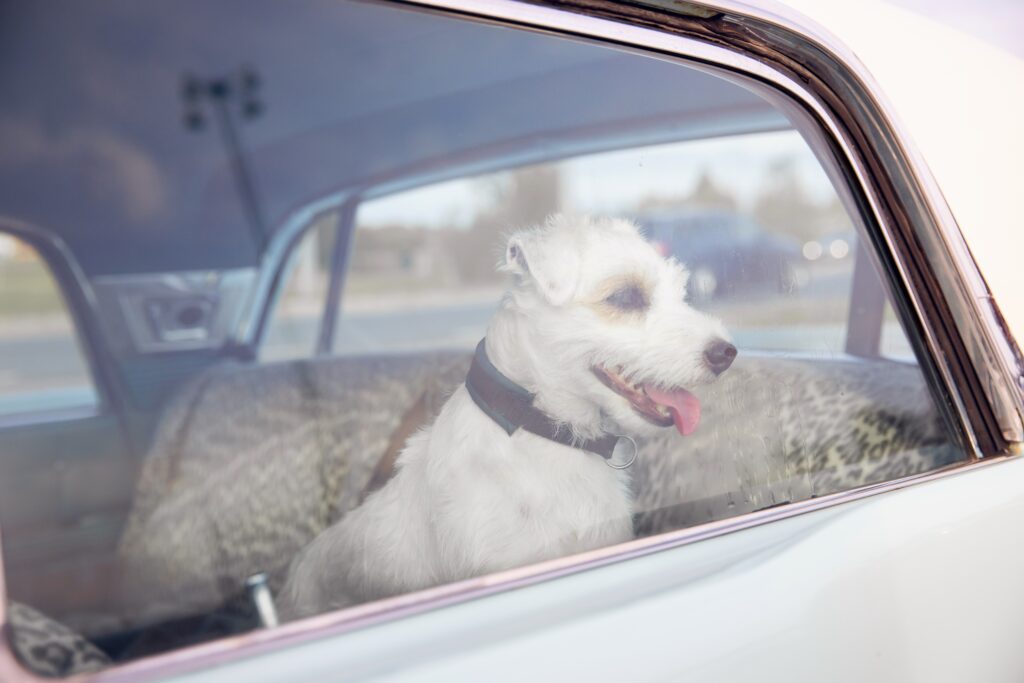Three individuals are facing charges after leaving two dogs in a locked, sweltering vehicle in Grand Bend on June 16, 2024. Ontario Provincial Police (OPP) were alerted to the situation by concerned passersby who noticed the dogs in apparent distress inside a locked vehicle as daytime temperatures soared to nearly 30°C.
Police officers quickly responded, breaking into the car to rescue the dogs and provide immediate care. The dogs have been taken into the custody of animal control services for further evaluation and care.
The owners were each charged under The Provincial Animal Welfare Services Act with two counts of causing damage or injury to animals and failing to provide suitable/adequate food, water, care, shelter.
This incident serves as a stark reminder of the dangers of leaving pets in vehicles, especially during hot weather. Leaving them for even a few minutes is unsafe; all it takes is an 26°C (80°F) day to quickly bring the normal car temperature to triple digits, essentially turning it into an oven.
KEY POINTS
Dogs are highly susceptible to heatstroke when left in hot cars due to their limited ability to cool down.
Rapid temperature increases inside vehicles can lead to critical rises in a dog’s body temperature within 10-30 minutes.
Immediate veterinary care is critical if a dog shows signs of heatstroke to prevent fatal outcomes.
Interior Vehicle Temperatures Quickly Become Lethal
The temperature inside a car can increase by about 10-15°C (18-27°F) within the first 10 minutes. From there, it quickly gets worse, with most of the heat rise occurring in the first 30 minutes:
20 minutes: Within 20 minutes, the interior temperature can rise by approximately 20°C (36°F), making the car around 45°C (113°F).
30 minutes: After 30 minutes, the temperature can be about 25-30°C (45-54°F) higher than the outside temperature, reaching around 50-55°C (122-131°F).
60 minutes: Within an hour, the temperature inside the car can be nearly 30-35°C (54-63°F) higher than the outside, potentially reaching up to 60°C (140°F).
These rapid increases can occur regardless of whether the windows are cracked open. The interior materials of the car, like seats and dashboard, can also become much hotter than the air temperature, increasing the risk of heatstroke for any living being inside.

Why You Can’t Leave Your Dog in the Car for Even a “Few Minutes”
Dogs have very little ability to sweat compared to humans, and their other mechanisms for cooling themselves (panting, seeking cool surfaces) do not work in hot environments.
Their body temperature can begin to rise significantly within the first 10 minutes, and in less than 20 minutes their bodies will reach a critical threshold where heatstroke begins. Symptoms at this stage can include excessive panting, drooling, weakness, and confusion.
In less than 30 minutes, the dog’s body temperature can reach 42°C (107.6°F) or higher, leading to potential organ failure, seizures, and unconsciousness. Immediate intervention is necessary at this point to avoid certain death.
Leave Your Dog at Home, Not in Your Car
The best practice for dog owners is to leave them at home, especially during hot weather. If you must bring your dog along on errands or outings, ensure they have access to cool air and plenty of water, and NEVER leave them alone in the car.
It only takes a few minutes for temperatures to become dangerous, putting their life at risk. And putting animal’s health and life at risk is illegal almost everywhere, meaning your dog only has to be perceived to be at risk and you can be arrested and charged.
Recommendations for Someone Who Finds a Dog Locked in a Car
If you come across a situation where a dog has been left in a hot car, don’t walk away. Every minute counts when it comes to preventing heatstroke in dogs.
- Assess the Situation:
- Check the dog’s condition. Look for signs of distress such as excessive panting, drooling, lethargy, or unresponsiveness.
- Locate the Owner:
- Try to find the owner by notifying nearby businesses or making an announcement if you are in a public area like a parking lot.
- Contact Authorities:
- Call your local animal control or the non-emergency number for the police to report the situation. Provide them with the car’s make, model, color, and license plate number.
- In many places, it is illegal to leave an animal in a hot car, and authorities are trained to handle these situations.
- Take Immediate Action if Necessary:
- If the dog is in severe distress and help is not arriving quickly, some regions have Good Samaritan laws that protect individuals who break into cars to rescue animals. Make sure you are aware of the laws in your area before taking action, or you also might find yourself at the wrong end of the law.
- Provide Care:
- Once the dog is safely out of the car, move it to a cool area and offer small amounts of water. Do not give ice-cold water or ice as it can cause shock. Get veterinary care as quickly as possible.
References:
- American Society for the Prevention of Cruelty to Animals (ASPCA): Hot Weather Safety Tips
- Humane Society of the United States: What to Do if You See a Pet in a Car
- RSPCA: Dogs Die in Hot Cars

[All images used with permission or under licence]

